Review: LG Lucid for Verizon Wireless
Apr 10, 2012, 11:33 AM by Eric M. Zeman
The LG Lucid offers a 4-inch screen and 4G in a compact body. This little phone may be small in stature and a bit short on looks, but it's big on features and even bigger on functionality. Read Phone Scoop's review to get the real skinny.
Form
Is It Your Type?
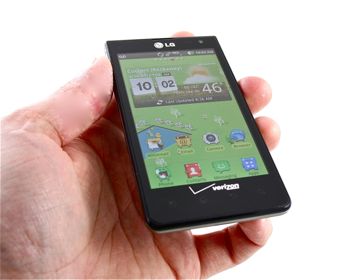
If you're in the market for an inexpensive Android phone that can latch onto Verizon Wireless's LTE 4G network, a device such as the LG Lucid may fit the bill. Despite its $80 price point, it still manages to include a quality display, speedy performance, and of course blazing quick mobile broadband.
Body
LG has a trio of phones that are eerily similar: the Lucid for Verizon Wireless, the Connect 4G for MetroPCS, and the Viper for Sprint. The share similar size, shape and specs, though the outward appearance in unique to each.
The Lucid is a simple-looking phone. It doesn't have the biggest, smallest, thinnest, sharpest, or fastest of anything. It falls into the crowded category of devices that badly needs something to make it stand apart — but fails to do so. It's blocky looking, covered in glossy black plastic, and, well, somewhat boring to behold.
The Lucid feels slippery, thanks to the glossy plastics. While the front face is a rectangular block, the Lucid has gently rounded curves to the side and back surfaces. The result is that the back surface is much smaller than the front, and it sits deeply in your palm. You can grip it tightly without suffering the feel of sharp edges. The Lucid is not thin by any stretch, but it isn't egregiously thick, either. It's a weighty phone, and it feels dense and solid. It'll slip into pockets easily thanks to the slippery surfaces, but if your pockets are loose, you'll know the Lucid is there thanks to its heft.
The front is mostly display, and I find the large bezel to be a bit unattractive. Thick bezels give smartphones a lower-class look in my opinion. The typical four Android buttons are below the screen. These capacitive keys worked well, and offered haptic feedback when touched, if that's what you want.
The left edge of the Lucid has a faux button at the top that pisses me off. My guess is that it's meant to mirror the actual button that's placed on the opposite side, but that's no reason to make a design decision that may end up confusing users. The volume toggle is below this faux button. Its shape makes it easy to find, and the travel and feedback are very good. The Lucid's microUSB port is also on the left edge.
The only button on the right side of the Lucid is the power/screen lock button. It is placed way at the top, It's a small, oval thing that is really easy to find and use. It has the best travel and feedback of any screen lock button I've used in the last six months. It's perfect. The 3.5mm headset jack is by itself on the top surface.
In order to access the microSD card slot, you have to remove the battery cover — which is the entire back panel of the Lucid. It pops off easily. You can access the memory card without removing the battery.
You might think a device with the name Lucid, would have some sort of zen-inspired theme or appearance. Instead, the Lucid looks like a million other Android phones. The good news is that the hardware all works well.
The Three S's
Screen
The Lucid's display measures four inches and packs in 800 x 480 pixels. This size and resolution are ideal, because the display looks great. It's sharp, clean, and colors look rich (if not oversaturated). I found it to be easily read when outdoors, even under direct sunlight, and the contrast of the screen is fantastic. For an $80 phone, the Lucid's display rivals that of much pricier competitors.
Signal
The Lucid was not quite the signal hound I hoped it would be. When held side-by-side with other Verizon devices, it generally showed one bar less of 3G coverage. This appeared to impact usability, but only a little bit. While testing the Lucid, it dropped one call and missed one call, when other Verizon phones used in the same location didn't. Data was not affected in any observable way.
The Lucid was a bit better at collecting LTE 4G signal than 3G. When under Verizon's LTE 4G network, the Lucid was nearly always quick to browse the web no matter what the signal indicator read.
Sound
Call quality was pretty good. The calls themselves were sometimes prone to noise and distortion, but perhaps less than 25% of the time. The majority of calls were mostly free of noise. The earpiece produces excellent volume. In fact, you don't need to turn it all the way up in order to hear callers. You can probably set it at about 60% for most environments. The quality of calls routed to the speakerphone was not quite as clear as those sent to the earpiece, but not in a terrible way. The speakerphone is also very good when it comes to volume, though the price you pay is a tone that more closely resembles a megaphone. As for the ringtones and alerts, yeah, they're louder than a New York City cab horn. The vibrate alert is good.
Battery
Battery life was quite good for a modern 4G smartphone. The Lucid's battery had no problem living from dawn to dusk to dawn again. Though it didn't make it much past the 30-hour mark, it's solid enough that you won't be up a creek if you forget to charge it one night. Obviously, where and how you use the 4G radio will play a role in battery life, but I spent 8 hours under LTE 4G coverage this weekend and didn't notice any measurable impact in battery life. Bottom line, you'll need to charge it every night, but shouldn't run into trouble during the day.
Basics
Menus
The Lucid ships with Android 2.3.6 with the expected minor user interface tweaks from LG and Verizon.
I'm pleased to report that the Lucid has some lockscreen shortcuts. When you first tap the lock button, you have two choices. You can slide the entire screen up to unlock the Lucid, or grab one of the four app shortcuts (phone, messages, voicemail, camera) on the screen and drag it down to jump straight to that application. Yay! If you have a passcode enabled, however, unlocking the code takes you straight to the home page; no shortcuts are available.
The Lucid offers five home screen panels for customization and content. There are a handful of widgets scattered across these screens out of the box, but of course they can all be canned in favor of your own layout.
The main app drawer is a single screen with all the apps displayed in a grid that's broken down by category. You can also view the main menu in an alphabetical list, or in a custom grid if you prefer. The customizable grid is perhaps the most flexible way to arrange apps, as you can shuffle around not only the location of the apps on each page, but where the pages land as well.
In terms of performance, the Lucid is just fine. I didn't notice any glaring speed issues in the user interface or within applications. It didn't stutter or slow down, and even some fast multitasking didn't seem to faze it.
Calls/Contacts
The Lucid uses the stock Android 2.3 calling and contacts applications. From the home screen, press the phone icon and the dialer pops open with the usual options (dialer, call log, contacts, groups) available in tabs across the top.
The Lucid offers haptic feedback when you dial numbers on the touch display. Call features include mute, speakerphone, add a line, and send to Bluetooth.
The Lucid will import all of your Google, POP3, or Exchange contacts if you have them. Adding Facebook and Twitter friends is optional. Contacts can hold innumerable phone numbers, email addresses, notes, and so on.
There are several home screen widgets for managing contacts. One is simply called "favorite contacts" and puts a handful of your favorites on the home screen in a fashion that makes them easy to reach. The other widget adds a social networking element to the equation, and lets you see all the recent Facebook, Twitter, etc. status updates posted by your friends on the home screen — as well as connect with them if that's what you want to do.
Messaging
The Lucid runs mostly stock Android 2.3 messaging applications. It has the generic email app for POP/IMAP/Exchange email, and the dedicated Gmail application for Google users. Both of these applications are capable and time-tested.
The same goes for the stock SMS/MMS app, which offers threaded conversations, as always. However, the Lucid is among the first devices to offer controls for the new emergency alert system in addition to normal SMS messages. This new alert system, which appears as an app called CMAS on some phones, is used by the government to distribute information during emergencies. You can elect to turn off the majority of alerts, but you can't turn off "presidential" level alerts. What sort of alerts are we talking? Weather-related threats, such as hurricanes or tornados, as well as terrorist attacks or other disasters. Rather than SMS alerts showing up in the CMAS app (which I suspect device owners might easily overlook), they now arrive in the regular SMS/MMS inbox.
As for IM, the Lucid has Google Talk on board, and that's it. No support for AIM, Windows Live, or Yahoo out of the box.
On the social networking front, the Lucid is one of the few devices I've seen ship with Google+ and Google+ Messenger pre-installed. These are Google's own social network and social network-focused IM apps. Latitude is thrown in there for good measure. Facebook and Twitter do not come installed on the device, though there is a social networking widget that you can use to post/view status updates.
If you want the full Facebook or Twitter experience, you need to download the dedicated apps from Google Play.
Extras
Media
Music
The Lucid has the old-fashioned Android media player as well as the newer Google Music apps on board. The stock player is best used with music that's sideloaded onto the Lucid, while the Google Music app is best left for streaming music from a Google Music account over the network. Extras, such as Pandora or Slacker, are not preloaded.
Music playback sounded good through my favorite earbuds. The only option for enhancing sound during playback is to turn Dolby Mobile on or off. That's it. The Dolby Mobile software applies an un-adjustable EQ to the sound to "improve" it.
Video
The Lucid includes a few avenues for video playback. Aside from the stock Android YouTube and video player apps, the newest version of the Android Market (ugh, I mean Google Play) offers video rentals/downloads. The Lucid also ships with Netflix if you prefer that service for renting movies on your phone. Video playback looked good on the Lucid's display. The Dolby Mobile software had a more pronounced effect here, as video content with 5.1 channels had a more immersive sound to it.
Camera
Camera
There's no physical camera button on the Lucid, so you have to access the camera from the lockscreen shortcut or the app menu.
The basic shooting screen uses about two-thirds of the display as the viewfinder. On the right, there's a standard control strip with the shutter button and a software toggle for swapping to video mode. Along the left, you'll find controls for the user-facing camera, zoom, brightness, flash, and full settings menu.
The full settings menu is where you need to go to adjust scene mode, ISO, white balance, effects, and so on. It includes support for panorama and continuous shot modes, among others.
When you're ready to take a picture, press the on-screen shutter button. The Lucid takes about a second to focus, and then snaps the image. (If you want, press the subject you'd like to be the focus of the image, as the Lucid supports touch-to-focus.) The camera goes straight back to the camera app without detouring to a review screen. You can, however, add a review screen through an optional setting.
The camera software performs well across the board. It doesn't have any speed issues, and you can capture a series of shots fairly quickly.
Gallery
The Lucid's gallery is the stock Android option. Photo albums appear as stacks in the main gallery view and the Lucid syncs with your online accounts such as Google+ and Picasa, so you'll see those photos, too.
Unfortunately, the Lucid includes only the most basic editing functions (crop and rotate.) There are no other editing tools, nor is there any third-party software for editing photos pre-installed. You have to download one yourself if you're interested in making changes to images.
You can, however, easily share photos to the social network of your choice via the standard Android gallery tools.
The Lucid has a video compilation tool. The tool lets you piece together several video clips (as well as still images if you want), add music, and publish all of it to YouTube. For basic video hackery, it gets the job done, though advanced users will likely want to make major adjustments on a desktop. In terms of editing, the most you can do is trim clips.
Photos/Video
Photos
The Lucid has a 5-megapixel camera with auto-focus and flash. The images I captured with the Lucid were decent, but short of great. It produces the best results when outdoors under plenty of light. Images will be sharp, free of grain, and exposed correctly most of the time. Every now and then white balance was off, but not so much that you couldn't correct it after the fact. Photos taken indoors were more apt to include grain, softer focus, and poorer exposure.
The Lucid's images will be fine for sharing, though you may want to edit some of them before posting them to your Facebook wall.
Video
The Lucid can shoot video up to 720p HD. The video I shot looked pretty good, for the most part. It was in focus and exposed correctly, though sometimes there was grain. The Lucid does a passable job of capturing YouTube-worthy videos, though you may not want to watch them on a large 1080p HDTV.
Browse/Customize
Browser
The Lucid is a fine device for browsing the web, especially if you have access to Verizon's 4G LTE network. I found the web browser to speedy under both 4G and 3G coverage, though it shined under 4G LTE. The stock Android browser is beginning to get a little bit long in the tooth, but it does a fine job of rendering both HTML and mobile web sites.
Customize
The Lucid can be customized as much as any other Android smartphone. As mentioned, there are five home screen panels, plenty of widgets, and the app menu can be arranged to your liking. The Lucid also includes several themes, which go a bit further than themes I've seen on other handsets. The Lucid's themes change the fonts, appearance of the on-screen elements such as apps and widgets, as well as coloration, backgrounds, and wallpapers. They're neat, and something I wish more Android phones offered.
Extras
Apps
The Lucid comes with the usual batch of apps on board, including Verizon-branded tools and services such as the data counter app and account control app. Some of the apps can be deleted, but not all of them.
Bluetooth
The Lucid paired with every device I threw at it, including: my car, laptop, tablet, PC, and headset. Phone calls sounded good through mono headsets, but not awesome. Music sounded OK through stereo Bluetooth speakers, but not so good that I'd want to spend more than a few minutes listening to it.
Clock
The Lucid offers the standard Android clock on the lock screen, which is visible when the device is first woken from sleep. It's a nice, large digital read-out that's easily visible everywhere except under direct sunlight. It can't be customized, though.
GPS
The Lucid includes Google Maps and VZNavigator. You know the drill here. They are both solid apps. Google's is free, Verizon's costs $10 per month. Both apps worked well with the Lucid's GPS radio and had no problem keeping up with my car while navigating me from point to point. The accuracy of the GPS radio was within 25 feet, and most of the time the phone pinpointed me within 10 seconds.
Wrap-Up
Overall, the LG Lucid is a fine little phone. It scores well on most features. Though I think it's a bit plain in the fashion department, the hardware works well and offers a balance of features and transportability.
It's a good voice phone, has excellent data performance, a wonderful screen, and decent battery life. The user interface is a cinch to learn, flexible enough to suit most people, and fast enough to power through even the most intense games I threw at it. Add to these characteristics a decent camera, a few unique widgets, and good multimedia performance and the Lucid is practically a homerun.
If you're looking for 4G on a budget, the $80 LG Lucid is a solid device. I'd recommend it highly for anyone who prefers function over form.

Comments
Good review, one detail was wrong though
It actually captures up to 1080p.
Otherwise spot on review. I own this phone, and being my first smartphone, I am rather pleased with it. Sure, it's not an Uberphone, but it's not meant to be. it's meant to be a value minded first phone. It excels at that.


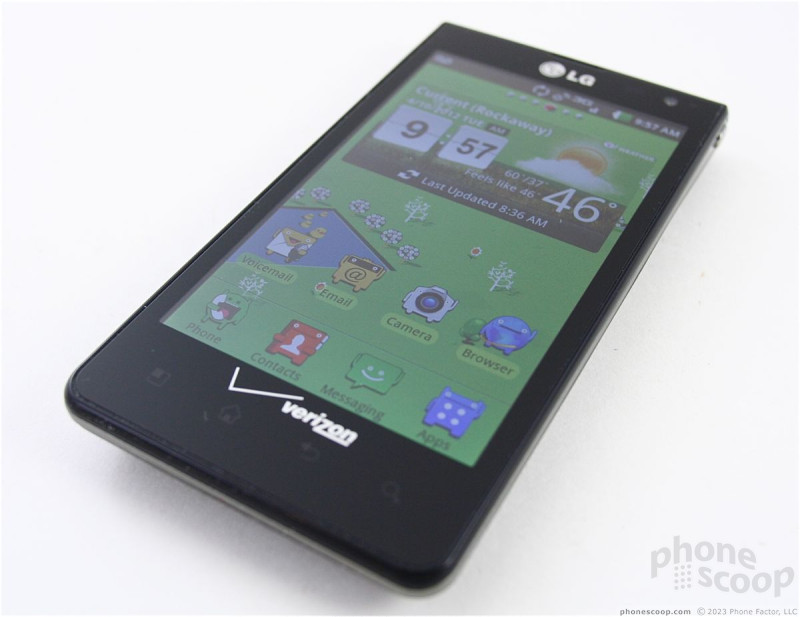













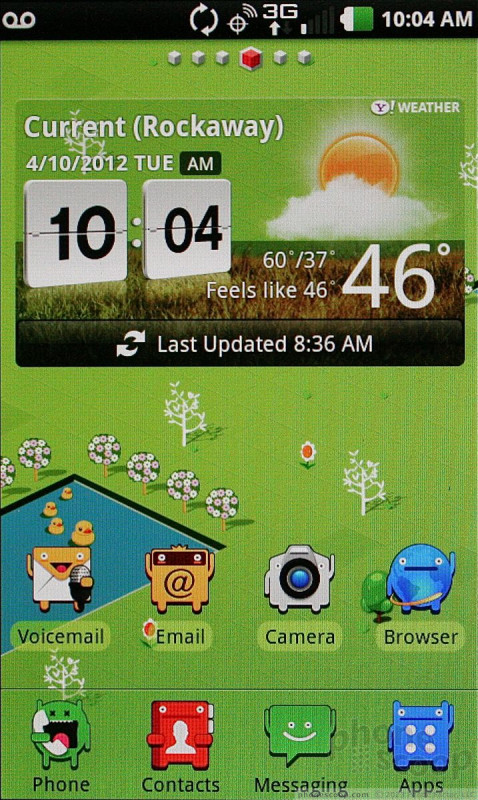




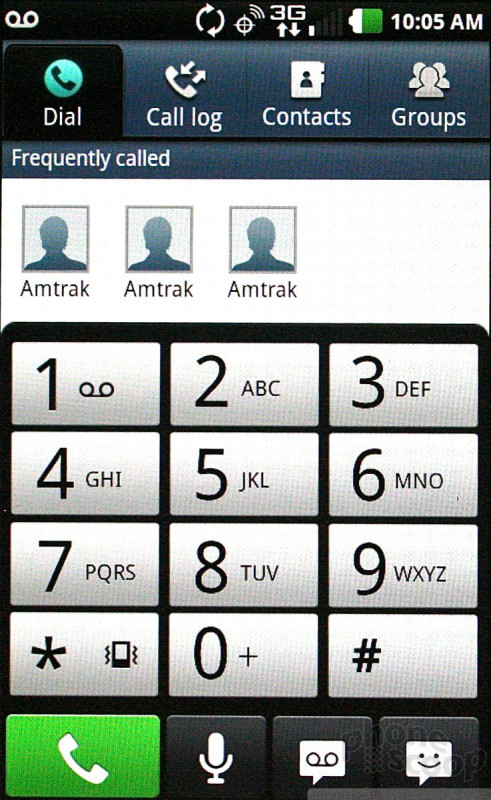







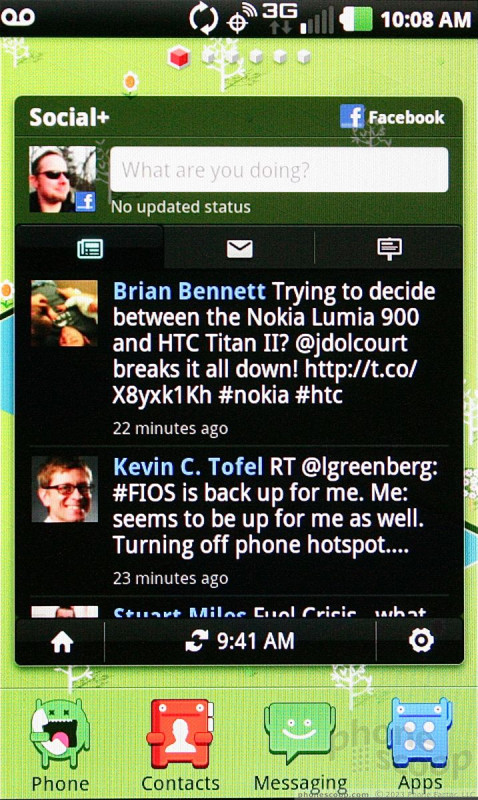



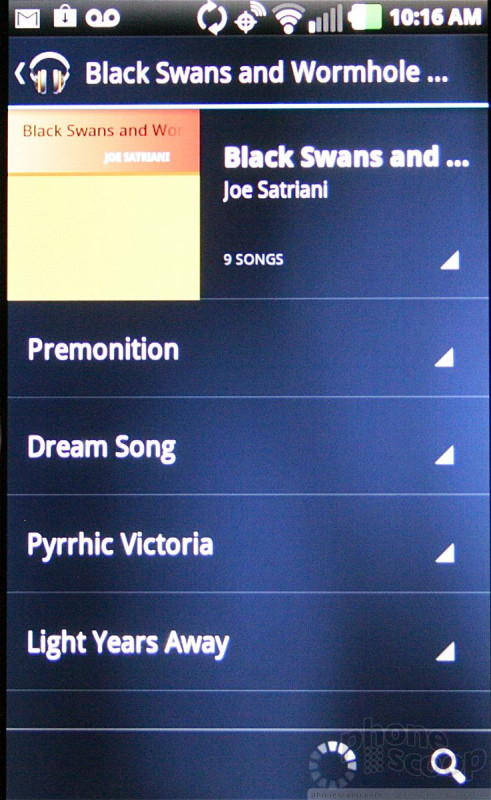







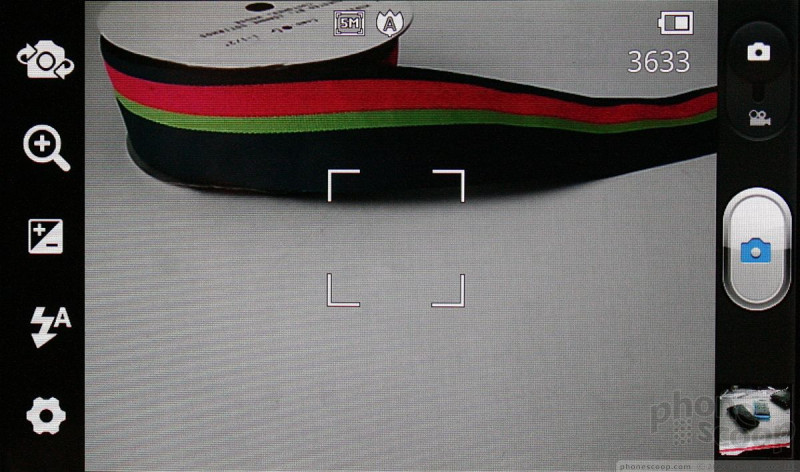



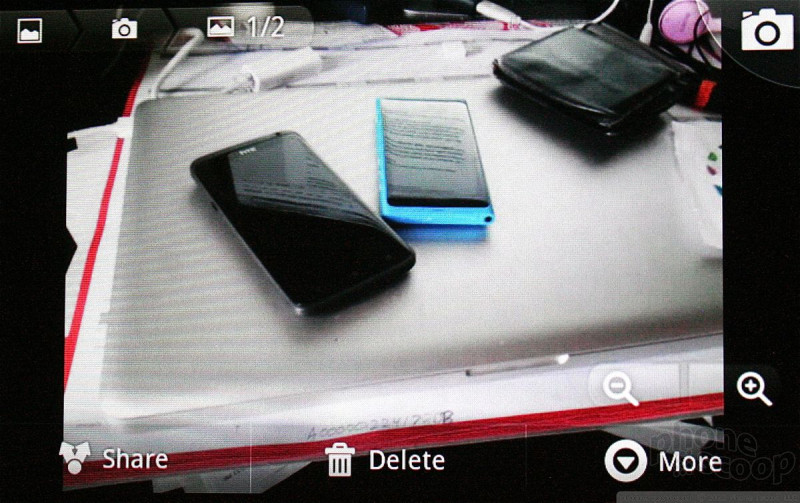

















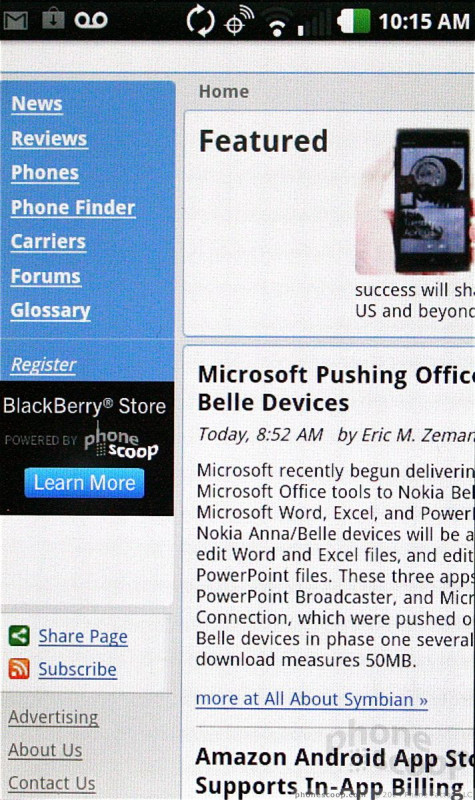



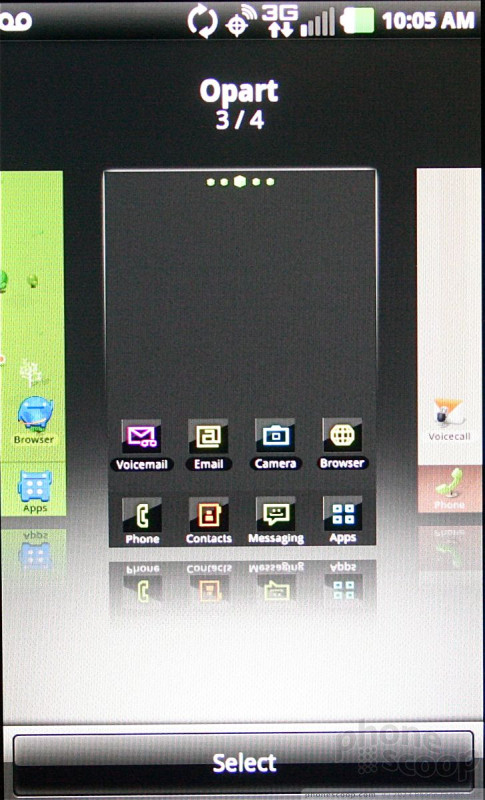




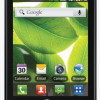 LG Optimus Zone and Exceed Hit Verizon Prepaid
LG Optimus Zone and Exceed Hit Verizon Prepaid
 Verizon Wireless Announces the LG Lucid
Verizon Wireless Announces the LG Lucid
 iPhone 15 Series Goes All-In on USB-C and Dynamic Island
iPhone 15 Series Goes All-In on USB-C and Dynamic Island
 Samsung S24 Series Adds More AI, Updates the Hardware
Samsung S24 Series Adds More AI, Updates the Hardware
 LG Lucid / Optimus Exceed
LG Lucid / Optimus Exceed









